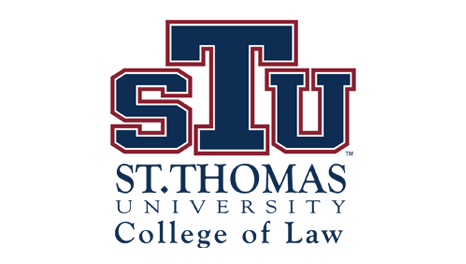Repudiating the Holmesian Bad Man through Contextual Ethical Reasoning: The Lawyer as Steward
Document Type
Article
Publication Title
Journal of the Professional Lawyer
Abstract
The American Bar Association’s Model Rules of Professional Conduct, like other codes referred to by civilized society as morals, values, standards, or ethics, are a set of behaviors, gleaned from the social fabric, that are susceptible to selective application and interpretation. The underlying approach - unwavering commitment to clients even if that commitment produces immoral or unjust (but not technically unlawful) results - usually allows a lawyer to pursue any goal of the client through any arguably legal course of action and to assert any nonfrivolous legal claim. The model works best in an adversarial milieu, governed by rules of procedure and evidence and presided over by a neutral and detached decision-maker, where each side is represented by a lawyer relatively unfettered when it comes to advocating the client’s interests. Outside the litigation context, however, the model has frequently failed spectacularly where the lawyer acts as counselor, adviser, or facilitator of business transactions; there the indeterminacy of bar-crafted ethics rules and increasingly cut-throat competition for clients have created a variety of perverse incentives that have caused many thitherto well-regarded and accomplished practitioners to lose their moral compass.
In a famous essay 110 years ago, Oliver Wendell Holmes defined law as simply a prediction about how particular cases might be decided and illustrated this instrumental approach through the metaphor of a “bad man” who is interested only in avoiding legal penalties that might attach to his conduct or business affairs. In such a world view, the lawyer serves as an amoral facilitator or defender of the “bad man” client’s wishes. This metaphor has found resonance in the instrumentalism of the trendy and influential law and economics literature and pedagogy, to which the last thirty years of law graduates have been exposed. There, the principal, if not sole, reason to obey the law is the apprehension of legal sanctions, and minimizing their likelihood becomes the lawyer’s sole task.
Over the last 40 years, an sequence of scandals (the S&L debacle, the massive BCCI fraud, seemingly endless corporate/securities scandals exemplified by the collapse of Enron, and proliferation of abusive tax shelters), which the self-regulatory structure of bar-crafted rules was powerless to abate, brought degradation and disrepute to public perception of the legal profession and incremental federal encroachment upon self-regulation by the bar. That even the litigation sphere is not immune was recently illustrated by the scorched earth tactics employed by advocates representing various dioceses of the Catholic Church in the priest sex abuse scandals. Last but not least is the notorious legal analysis by the Justice Department’s Office of Legal Counsel facilitating the torture of suspected terrorists by, or at the direction of, the United States Government.
These all could have been avoided by a culture of contextual intepretation of law and legal texts that rejects mere instrumentalism in favor of objective, learned, and professional assessment of the marriage of jurisprudence to client goals. This paper explicates application of that analysis to these and other concrete settings.
First Page
13
Last Page
42
Publication Date
2008
Recommended Citation
Fisher, Kevin R., "Repudiating the Holmesian Bad Man through Contextual Ethical Reasoning: The Lawyer as Steward" (2008). Faculty Articles. 338.
https://scholarship.stu.edu/faculty_articles/338

